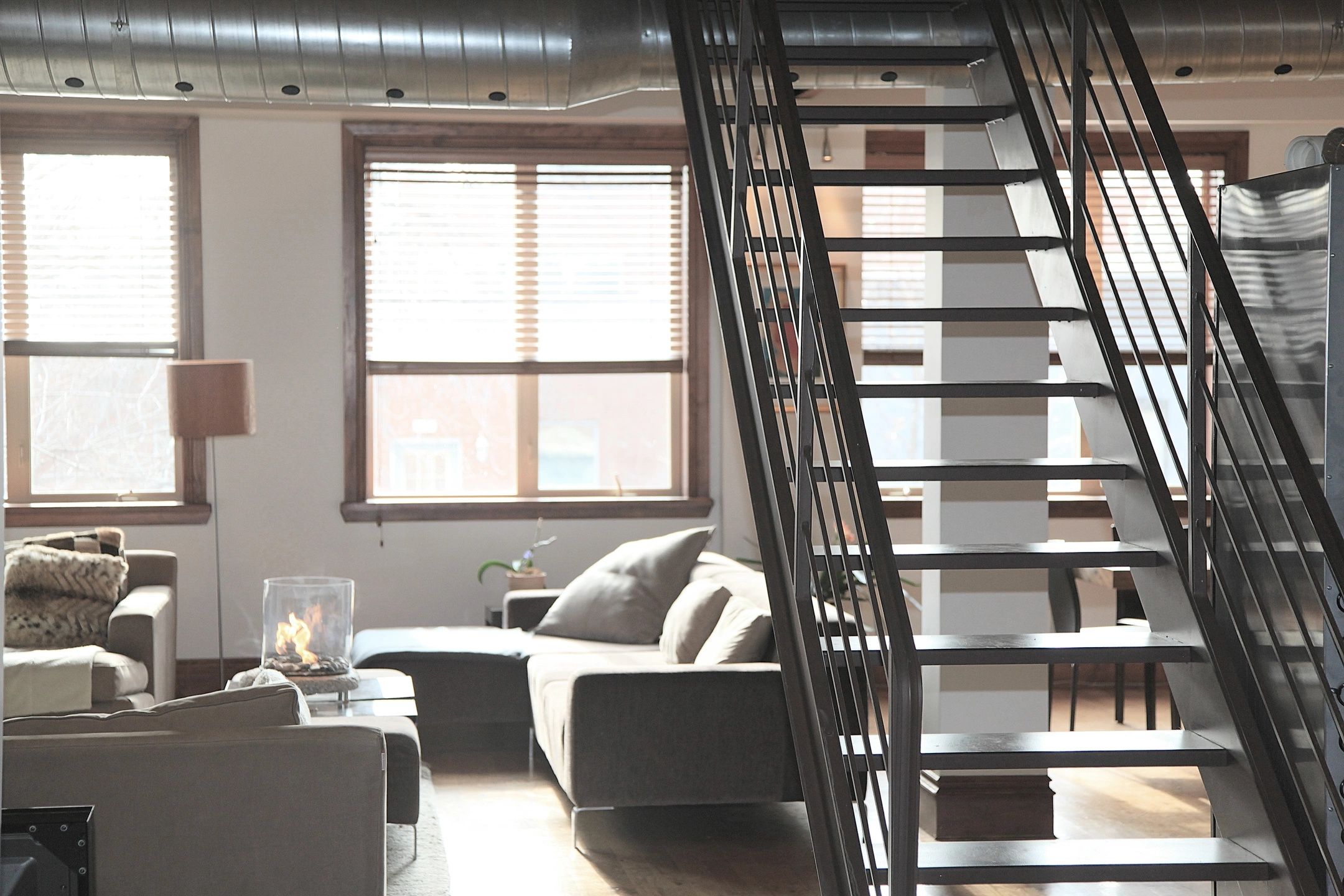We’re finishing our retirement home and have a staircase from an exercise equipment room to a bonus room over the garage. How we do the bannister and safety has become an issue of discussion (said nicely). We left this item ‘open’ with the architect and are deciding with the builder. Not ideal.
I’ve read the IRC and multiple web articles and understand the 34-38” bannister height, the 4” sphere test, etc.
Yet on the web I find many pictures of staircases similar to this with a wall mounted bannister and open on the opposite side. While it may look good and not be the safest option- how do these home meet building codes?
Thanks!

Sent from my iPhone using Tapatalk
I’ve read the IRC and multiple web articles and understand the 34-38” bannister height, the 4” sphere test, etc.
Yet on the web I find many pictures of staircases similar to this with a wall mounted bannister and open on the opposite side. While it may look good and not be the safest option- how do these home meet building codes?
Thanks!

Sent from my iPhone using Tapatalk







Comment